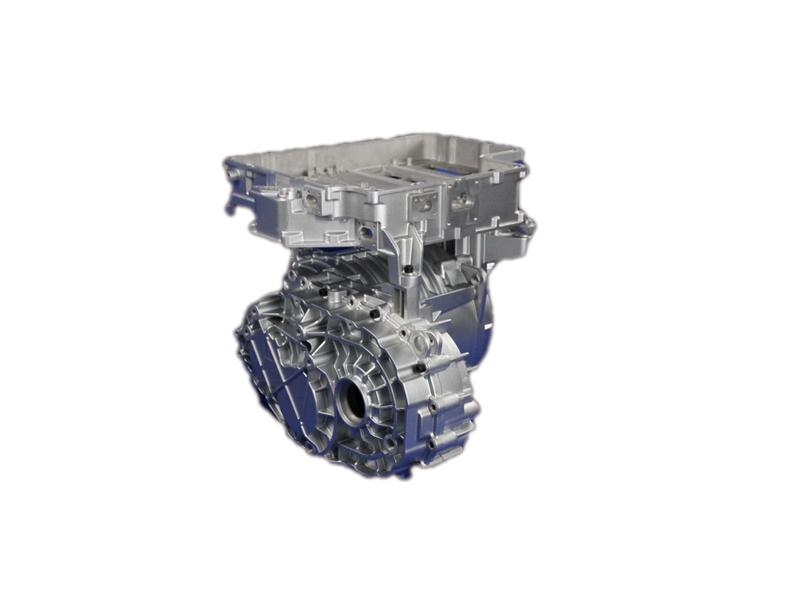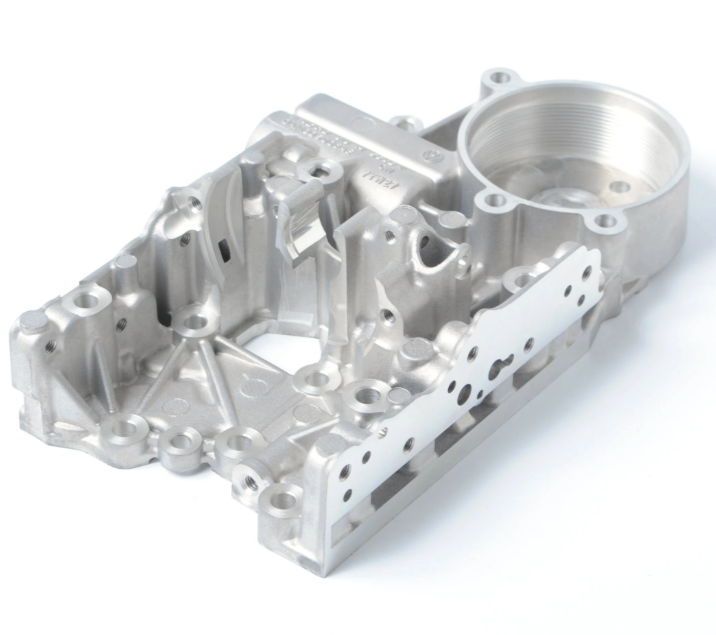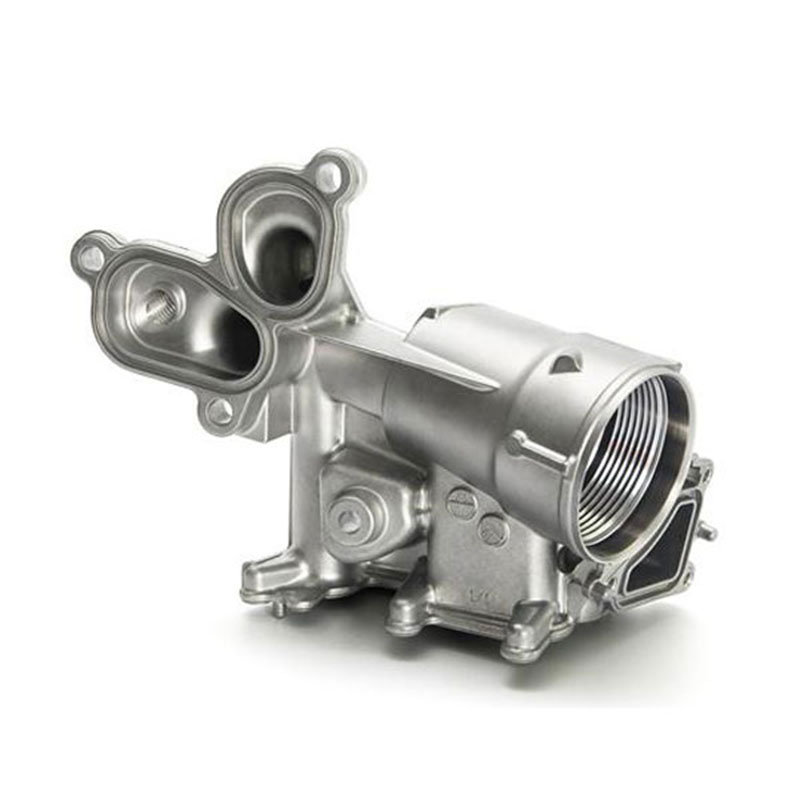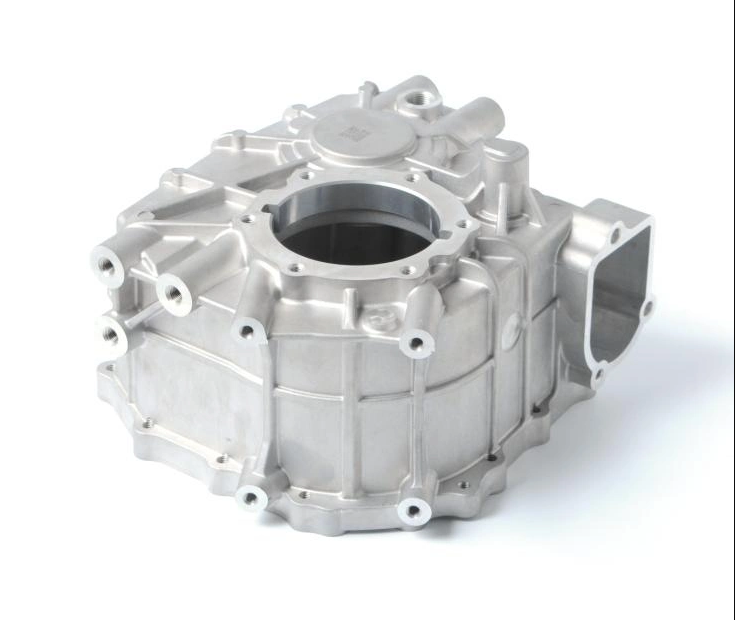Aug 23, 2023
The Rapid Growth of Aluminum Die Casting in China's Automotive Parts Industry
Part 1
1、 Situation of die-casting industry
(1) Introduction to the Die Casting Industry
Die casting, also known as pressure casting, is a method of obtaining castings by filling the cavity of a die casting mold with liquid or semi liquid metal under high pressure and rapidly solidifying under pressure. It is a type of metal casting technology that has the advantages of high production efficiency, good product quality, high dimensional accuracy, less cutting, green environmental protection, and reliable mechanical properties of die casting products. Die casting, as a universal basic industrial process, emerged and gradually developed with the demand of the printing industry as early as the early 19th century.
Since the 1930s, aluminum, zinc, copper, magnesium, and other alloys have gradually been used as die-casting materials. Since the mid-20th century, die-casting parts have been widely used in various industries such as automobiles, medical equipment, communication, home appliances, and computers. At the same time, with the increasing demand for product performance in various industries, die-casting technology has gradually developed towards complex die-casting processes such as high-pressure die-casting and vacuum die-casting on the basis of low-pressure casting.
(2) Characteristics of the die-casting industry
① The development of downstream application fields has made the characteristics of precision machining and manufacturing increasingly apparent
With the evolution of downstream automotive, aerospace, industrial electrical and other end products and equipment, the requirements for precision machining of component products are becoming higher and higher. Die cast products need to be assembled with other components to form complete components. As intermediate products, their precision machining characteristics are reflected in both product performance and product appearance. The internal performance of die-casting products mainly depends on whether the product structure, quality, etc. Can meet the usage needs, and the performance requirements are generally related to the specific application end products: industrial machine tool castings generally need to have high strength, high stiffness, and low stress; The automotive industry generally requires castings with high strength, high plasticity, and high fatigue strength; Die castings used in the aerospace field require high strength, good toughness, good Fracture toughness and strong fatigue crack growth resistance. The appearance precision of die-casting products is reflected in the dimensional tolerance and surface defect condition of the product: the smaller the dimensional tolerance, the higher the matching performance with the installation and use of other components; Surface defects are mainly caused by poor fluidity of alloy liquid and unreasonable pouring system during the die-casting process, resulting in under casting. Surface defects not only affect the appearance of the product, but also to a certain extent affect its effectiveness in use.
② The key to the manufacturing of die-casting products in tooling development
The important links in the manufacturing process of die-casting products include die-casting forming and subsequent precision processing. Therefore, the research, development, design, and manufacturing of molds and fixtures have become important manifestations of the technical level of die-casting enterprises. The design of the flow channel in the mold pouring system is the key to affecting the dimensional changes and surface defects of die-casting products; The Case-hardening treatment of the mold can enhance the hardness, wear resistance and heat resistance of the mold, and extend the life of the mold. At the same time, the temperature condition of the mold also determines the solidification degree and corresponding microstructure of the casting, which is closely related to the product performance. The final precision machining mainly uses tools, fixtures, and CNC equipment to mechanically process the die-casting blank, further improving the tolerance and appearance accuracy of the product. Fixtures and special cutting tools are indispensable and important components in the precision machining process, and their adaptability is an important guarantee for improving product dimensional tolerance and appearance accuracy. The rationality of tool and fixture design can achieve rapid replacement, self positioning, multi station synchronous processing, and other effects, while improving product accuracy and further improving production efficiency.
③ Customized product attributes place high demands on the design, research, development, and manufacturing capabilities of enterprises
Die casting products that can be applied in different fields are generally non-standard products customized by customers. Customers propose product design solutions based on the specific application environment of the products, and providing customized products that meet the requirements on the basis of existing production equipment and processing technology requires casting enterprises to have strong research and development capabilities and good manufacturing experience. The enterprise R&D team first needs to have a precise understanding and analysis of customer needs, and also needs to have the ability to convert production resources such as matching die-casting and precision machining processes, suitable tooling, and production equipment into batch production of qualified products.
④ Long R&D cycle for customized products
Die-casting products have customized attributes, and product development needs to comprehensively consider factors such as product specifications, structure, usage, and production and processing process paths. In addition, the application fields of automotive, aerospace, industrial electrical, and other environments also impose strict quality requirements on products, resulting in a longer cycle from product development, trial production to mass production.
⑤ The die-casting industry is a capital and technology intensive industry
The die-casting industry belongs to a capital and technology intensive industry. The demand for customized die-casting products is high, therefore, enterprises need to configure manufacturing, research and development, and testing equipment that matches relevant requirements and need to modify or update the equipment according to changes in the appearance size and accuracy requirements of the end product. Die casting enterprises need to invest a large amount of funds to purchase advanced die casting equipment, precision processing equipment, research and development equipment, and testing equipment both domestically and internationally to improve their hardware strength. On the other hand, enterprises also need to equip R&D personnel with rich professional knowledge reserves and industry experience to demonstrate their software strength in material application, mold development, product design, and process innovation.
(3) Application and Development of Die Casting Products
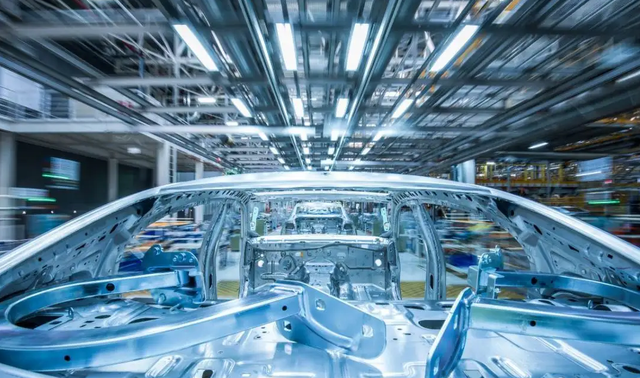
The application range of die-casting parts is very wide, and they are widely used in automobiles, machinery, electronic appliances, and communication equipment, among which the automotive industry uses the largest amount of die-casting parts. At present, the metal raw materials used in the die-casting process mainly include aluminum alloy, magnesium alloy, zinc alloy, copper alloy, etc. Among them, aluminum alloy accounts for the highest proportion in the use of die-casting alloy due to its widespread application in the automotive industry. In the future, with the further development of the technological level in the die-casting industry, the application scope of die-casting parts in industries such as new energy, aviation, aerospace, and robotics will also be further expanded.
| Types of die-casting alloys | Advantages | application area |
| Die cast aluminum alloy | Low density, high specific strength, good corrosion resistance, and wear resistance, thermal conductivity Good conductivity and conductivity; Good cutting performance. | Automotive, Aerospace, Engineering Construction, Electronics Power system and other fields |
| Die-casting zinc alloy | Low melting point, can extend the service life of die-casting molds, less prone to sticking Module, Good casting technology, capable of die-casting various complex and thin-walled castings, Good electroplating performance; Has good room temperature performance. | Automotive, instrumentation, industrial electrical, household electrical Fields such as machinery and machine tools |
| Die cast magnesium alloy | Low density, high specific strength, has good rigidity and shock absorption, non-stick cast Stable component size, Small Heat capacity, non stick type, Good cutting performance. | 3C products, high-speed rail vehicles and other transportation fields, aviation Aerospace, architectural decoration and other fields |
| Die cast copper alloy | Good mechanical properties, excellent conductivity and thermal conductivity, low friction coefficient, Good wear resistance, Good corrosion resistance. | Gears, pipe fittings that withstand the action of seawater, valves Body, ship parts, and various castings with complex shapes parts |
Due to its low production cost, mature process, and wide application range, aluminum alloy is currently the most important metal in die castings. According to a research report from Huafu Securities, more than 80% of the material used in die castings is aluminum alloy.
According to the research results of GrandView Research, the global aluminum die casting market size in 2021 is $69.4 billion, and the market size will reach $112.3 billion by 2030. In addition, the global market demand for aluminum alloy die castings will also increase from 8932.3 thousand tons in 2021 to 11376.9 thousand tons in 2028, with a compound annual growth rate of 3.53%. The market size of aluminum alloy die castings will still steadily expand.
China is currently the world's largest producer and consumer of castings. According to the Modern Casting magazine of the American Foundry Association, China's casting production accounted for 49.24% of the world's total in 2020. In recent years, China's production has maintained a steady growth trend, with an average growth rate of 3.12% between 2010 and 2020.
Proportion of World Casting Production in 2020 China's Casting Production from 2010 to 2020 (10000 tons)
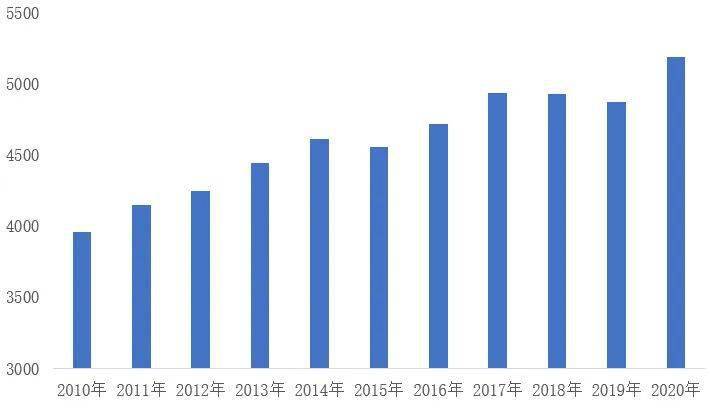
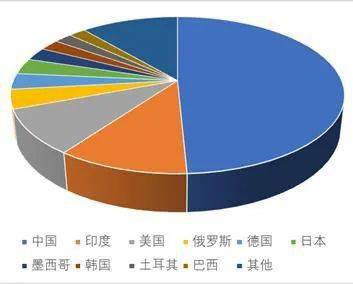
Data source: ModernCasting Data source: China Foundry Association
From the perspective of application fields, the automotive industry is the industry with the largest usage and variety of die-casting products. According to a research report by Mordor Intelligence, the automotive die-casting market reached $61.05 billion in 2021; It is expected that the global market size will increase to nearly $87.54 billion by 2027. According to calculations by Guosheng Securities, the market size of China's automotive aluminum die-casting industry reached 89 billion yuan in 2020, and it will reach 128.5 billion yuan by 2025. Therefore, the development of the automotive industry has a direct impact on the development of the die-casting industry to a large extent.
Since the 1970s, countries around the world have advocated energy conservation, emission reduction, and green environmental protection. In this context, reducing automobile energy consumption and improving energy efficiency has become an important direction for the development of the automotive industry. The light weight of automobiles is one of the important ways to achieve the goal of energy conservation and emission reduction, and the improvement of automotive component design and manufacturing has become an important means of first consideration. The design and manufacturing of components mainly consider two aspects, namely the use of lightweight materials and the application of advanced manufacturing processes, so that the produced components not only meet the needs of lightweight but also meet the needs of practical applications. The die-casting process has great advantages in both aspects, which determines that the die-casting industry will be integrated with the development trend of energy conservation, emission reduction, and green environmental protection in automobiles.
Continue to Part 2
Ningbo Fuerd was founded in 1987 and is a leading full-service die Casting Tooling, aluminum die casting, zinc die casting, and Gravity casting manufacturer. We are a solution provider offering a wide array of capabilities and services that include engineering support, designing, molds, complex CNC machining, impregnation, tumbling, chrome, powder coating, polishing, assembly, and other finishing services. We will work with you as partners, not just suppliers.
NINGBO FUERD MECHANICAL CO., LTD
Website: https://www.fuerd.com
